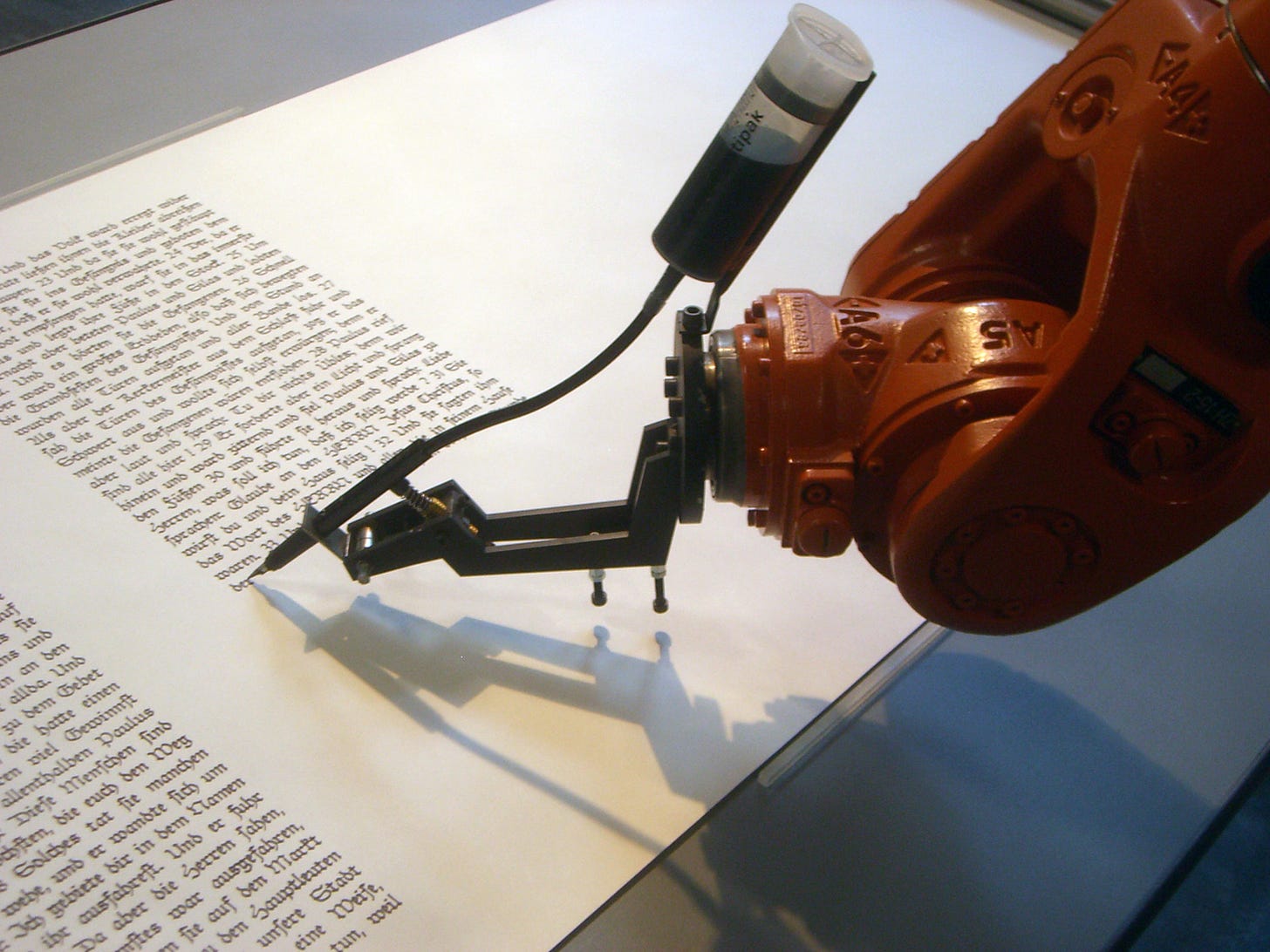
Last month, an artist I know called me with a mix of panic and excitement. They’d seen the tests of a new AI art generator called DALL-E (get it? Wall-E meets Dalí?) and said it was a “complete game changer.” That it would, in a few years time, completely change how visual artists create art. It wasn’t a…
Keep reading with a 7-day free trial
Subscribe to Counter Craft to keep reading this post and get 7 days of free access to the full post archives.


